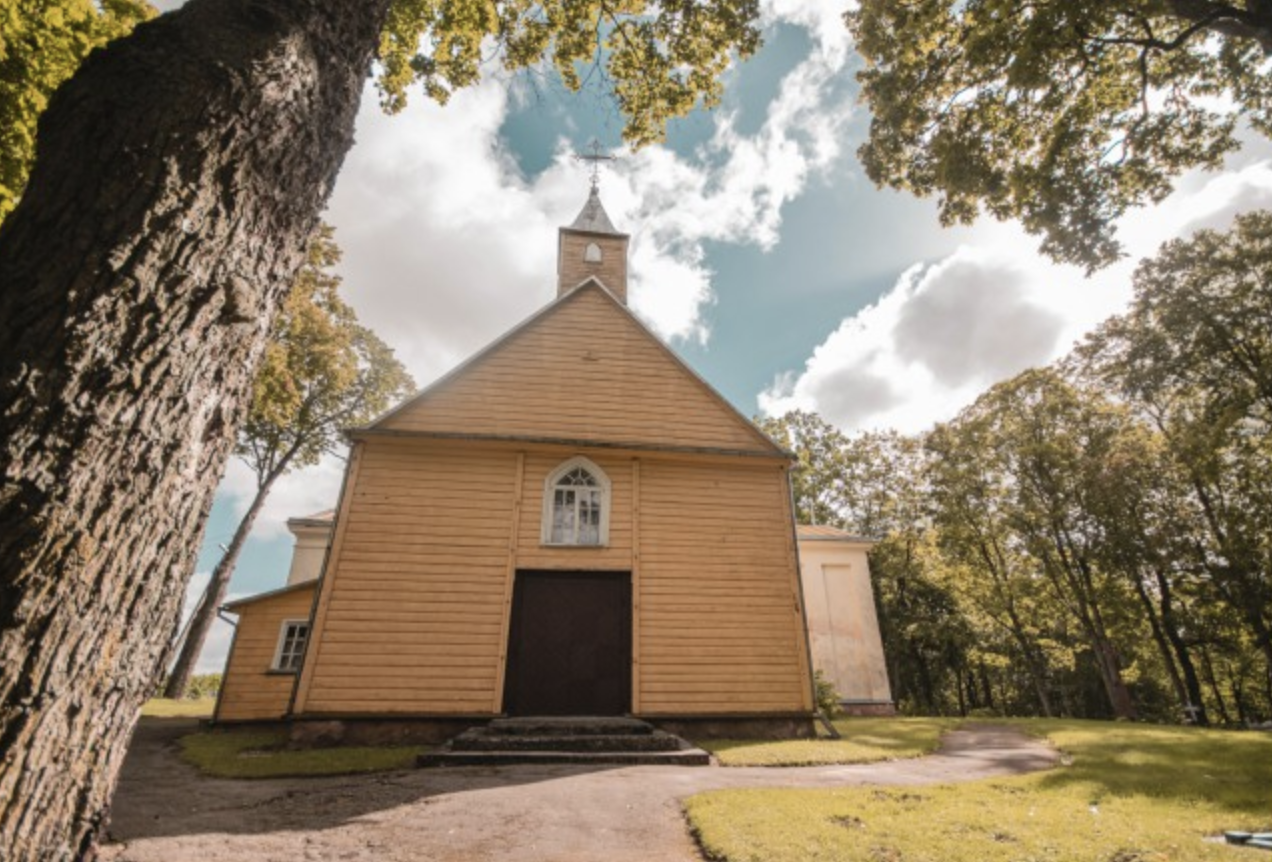Šventybrastis Church of the Transfiguration of Christ

119

0

0
0 out of 5
(0 reviews)
The Church of the Transfiguration of Christ in Šventybrastis, built in 1774 by Count Zaviša, is a notable historical monument. The famous poet Czesław Miłosz was baptized here. The churchyard is the resting place of his grandparents and wife. The church grounds also contain historical monuments and state-protected oak trees.
Info
-

Religious Heritage
-
The Transfiguration of Christ Church in Šventybrastis, initiated by Count Zaviša in 1774, still stands as a witness to architecture and history. Wooden structures, including the bell tower begun in 1873 and later side annexes added in 1880, have given the church its contemporary form. Nearby, there are monuments to Independence and rebels, and the churchyard is surrounded by state-protected natural monuments—oaks.
The churchyard also marks the significant sites of Czesław Miłosz’s birth and baptism. Miłosz, a future Nobel Prize laureate in Literature, was baptized here in 1911. Also buried here are his grandfather Zigmantas Kunatas, great-grandfather Simonas
Sirutis, and Miłosz’s first wife Eufrozina Kosakovskytė-Sirutienė.
Miłosz often mentioned Šventybrastis in his works and speeches, highlighting its beauty and cultural significance. The poet recalled how, as a child, he was fascinated by this place and its stories, including legends about the local ghost—a priest's wife who committed suicide and later became a subject of local lore.
The church and its surroundings, significant not only for their architecture but also for their deep connections to Miłosz’s life and works, are an important cultural and tourism attraction, drawing visitors not only from Lithuania but also from around the world.
Found a mistake?
Report

 Entertainment
Entertainment
 Food establishments
Food establishments





























 55.421446, 24.049929
55.421446, 24.049929
 Get directions
Get directions









